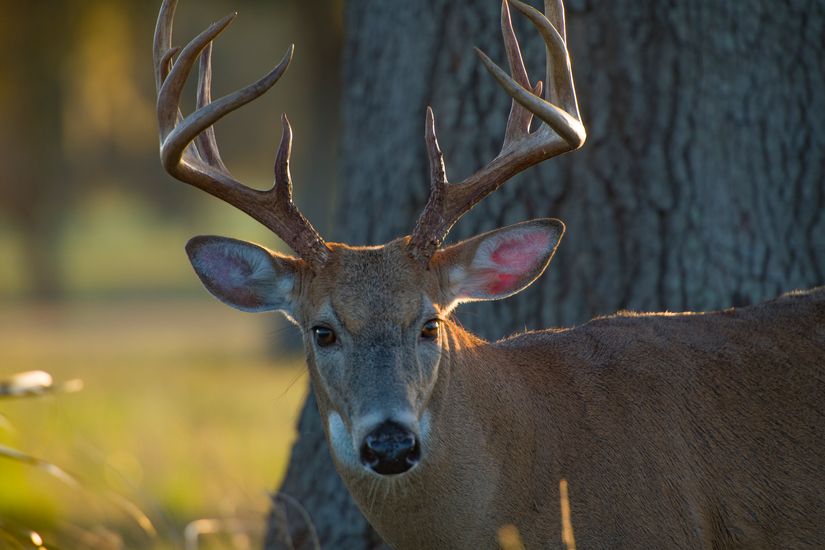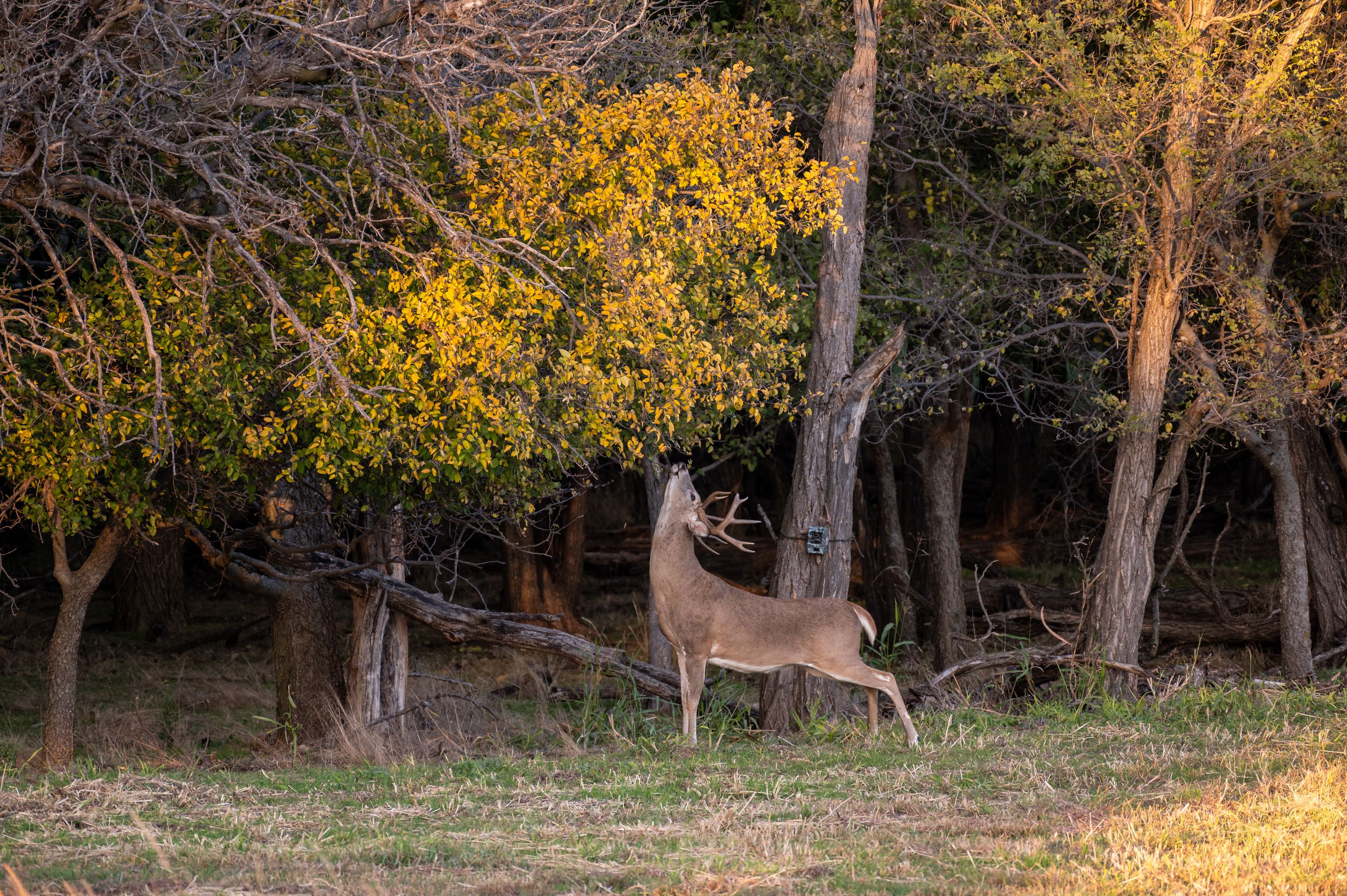
Whether planting legumes or not, you need to mind your Ps. Proper Planning Prevents Poor Plot Performance, and the process begins by defining Purpose. Not all plots are created or intended to be equal.
Feeding plots are typically larger and planted with warm-season perennials that will be most nutritious during the growing season. These plots are designed with agricultural efficiency in mind, meaning land managers can take advantage of larger, regularly shaped open areas where maneuvering large equipment is easier.
Hunting plots tend to be smaller, sometimes planted in more remote areas where game, like deer, will be more inclined to visit during daylight, and with fast-growing annuals that will reach peak nutrition during hunting season. Hunting plots allow for the use of irregularly shaped openings; doing so is encouraged. Adding more corners, points, and constrictions around the perimeter creates more opportunities for stand locations, particularly for bowhunters.

Next comes placement, which should include some consideration of proximity. Food plots and mast orchards should be located where optimal sunlight, soil moisture, and nutrient conditions occur. Target well-drained loamy soil in more exposed areas and avoid low areas where cold air is trapped and wetter soils that make tilling and planting difficult and may stunt plant growth.
However, strategically placed plots work in unison with each other and other land features, and the overall benefit will be greater than the sum of its parts. For example, a small hunting plot closer to bedding cover might encourage more and more frequent deer use. A small hunting plot between bedding and larger feeding plots might act as a staging area for deer earlier in the evening and later in the morning. Planting soft mast species along the edge of herbaceous plots increases attractiveness and provides nearby security cover.
Next comes deciding what to plant. The more diverse the species list, the more attractive the property will be. A mix of warm-season annual and cool-season perennial plots keeps deer on the site longer. Include brassicas like turnips and beets that produce tubers, ensuring food through the winter. Then, perennials will sprout just as the growing season begins again.
Mast orchards are a great way to improve available nutrition. Include a mix of hard and soft mast species, and the nutritional window widens while filling in gaps. Soft mast species like plums and mulberries kick things off in late summer, followed by apples, pears, and others. Chestnut Hill Outdoors offers several varieties of early- and late-bearing persimmons to round things out.
As the soft mast dwindles, the hard mast begins falling, and here again, the more variety, the better. Planting several varieties of red and white oak will ensure at least
some hard mast despite seasonal fluctuations in moisture and temperature. And no mast orchard plan is complete without Dunstan Chestnuts. In time, they will provide a more consistent crop of nutritious nuts.
Now we get to the how. The first step, at least for food plots, is a soil test. Results from a simple and inexpensive soil test will show the proper amount and type of fertilizer and minerals to add, depending on the species to be planted.
Next comes breaking ground, which depends on existing site conditions. Densely vegetated areas may require an herbicide treatment first to eliminate undesirable competing weeds, forbs, and grasses. Soil and surface conditions and plant species selection also influence whether the site should be tilled or disced and to what depth. Loose soils with little vegetative cover may only require a light till, while those with a thick sod layer may need more aggressive treatment.
Now it is time to plant, and the best advice is to follow specific prescriptions provided with your seed or plants. It may be tempting to over-seed, but individual plants will only compete, resulting in poorer growth. Under-seed, and your plot will not reach its full potential. Somewhat the same applies to mast orchards. Young trees and shrubs may seem too far apart, but in time, their crowns will grow and spread, and if they are overcrowded, they will be less productive.
One of the most important yet often overlooked steps is cultipacking. Some seeds will sprout in loose soil, but cultipacking increases seed-to-soil contact, improving germination rates. Trees and shrubs should also be planted and nurtured during early growth stages, and the Learning Center at Chestnut Hill Outdoors offers ample instruction on how to do it right.
Planning and planting plots may initially seem intimidating, but it becomes easier once you understand the philosophy. Much of it involves common sense, or what the folks at Chestnut Hill Outdoors call dirt wisdom. Look at each plant and plot individually, then consider how they can work together for a better outcome.


